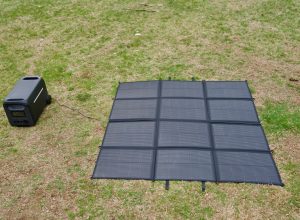The next-generation Chromecast recently rolled out by Google packs a whole lot new features on the software side, but it does not mean you need it. Quite the contrary: the updated Chromecast is far from being your type of a must-have device.
The hardware renovation that comes with the second-generation Chromecast admittedly provides an easier way to connect the device to your TV without compromising space for other ports. However, any new enhancement to the hardware side would be unnecessary because in the first place you don’t have to operate the device itself since it does not ship with a remote controller, unlike its competitors such as Roku.

Most of the time, Chromecast operates with an accompanying app that you can install in your favorite smartphone, tablet or computer brand. From there, you navigate your way through the vast selection of movies on the TV screen after you hit the Cast button.
By using only your mobile devices to put Chromecast into operation, the hardware is practically not the one that matters. Besides, with the associated app, Chromecast never has to bear the burden of performing heavy computational and storage tasks.
Chromecast updates are also less exciting because the tool enhances its performance with each upgrade that comes to your mobile device or computer with which you use it, providing an even better experience if only for the smoother and faster interface.
That is why, as mentioned in the above paragraph, there is no significant necessity for a next-generation Chromecast. There is, in fact, no crucial demand from users for its upgrade. That is not to say that the product is mediocre, it’s just that Chromecast is already performing well two years after its first release even without the upgrade. For only $35, you can stream Internet videos on your TV at a faster speed.
On the design aspect, however, the enhanced Chromecast has managed a far leap from its predecessor that was launched in 2013. The first-generation Chromecast looked like a USB stick, with a plug for an HDMI slot on TVs. The new one has an entirely new appearance and sports a 4-inch HDMI cable to save space for entry into other ports.
The old version did not have a built-in HDMI cable, so it needed to be closely attached to your TV. Thankfully, it was shipped with a free HDMI extension cable in the package to address that requirement.



